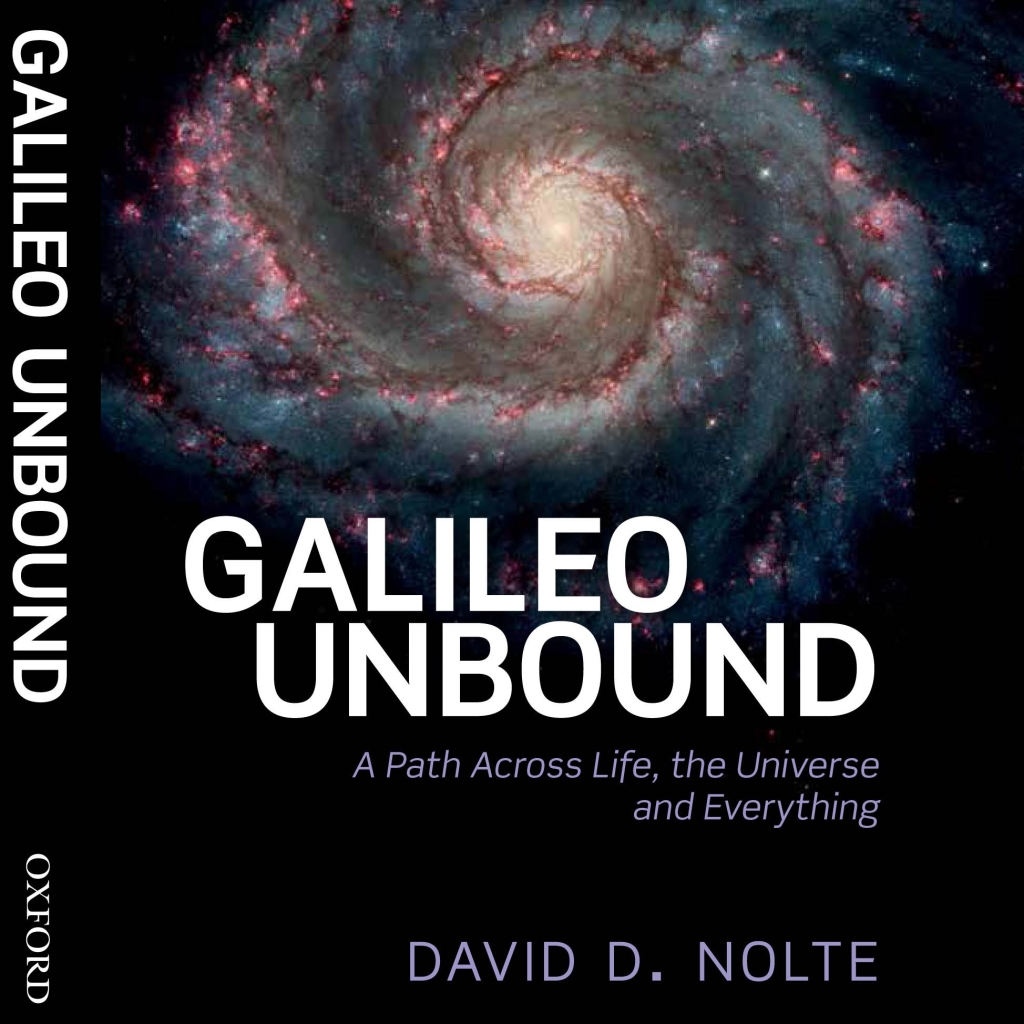Here are my picks for the top 10 books on the history of dynamics. These books have captivated me for years and have been an unending source of inspiration and information as I have pursued my own interests in the history of physics. The emphasis is on dynamics, rather than quantum and particle physics, although these traditional topics of “modern physics” have inherited many of the approaches of classical mechanics.
(1) Diacu, F. and P. Holmes (1996). Celestial encounters: The origins of chaos and stability. Princeton, N.J., Princeton Univ. Press.
Diacu and Holmes have written a clear, accessible and information-rich general history of the role that the solar system played in the development of dynamical theory, especially issues of the stability of the solar system.
(2) Pais, A. (2005) Subtle is the Lord: The Science and the Life of Albert Einstein: Oxford.
Pais has produced a masterpiece with his inside view of the historical development of Einstein’s ideas, for both special and general relativity. Through Pais’ story telling, it is possible to follow each turn in Einstein’s thinking as he proposed some of the most mind-bending ideas of physics.
(3) Thorne, K. S. (1994). Black holes and time warps : Einstein’s outrageous legacy. New York, W.W. Norton.
This book is an exuberant journey through the history of general relativity seen through the eyes of the recent Nobel Prize winner Kip Thorne. The book is full of details, many of them personal recollections as GR went from its early days through the “golden age” with John Wheeler located at the center of the motion.
(4) Schweber, S. S. (1994). QED and the men who made it: Dyson, Feynman, Schwinger, and Tomonaga. Princeton, Princeton University Press.
Schweber has produced a master work in the same genre as Pais, describing the development of QED in such moment-by-moment detail that you feel you are living the history itself. The description of Feynman’s stumble into the world of the “grown ups” at the Shelter Island and Pocono Conferences is priceless.
(5) Bacaer, N. (2011). A Short History of Mathematical Population Dynamics, Springer.
This compact little book is one of my favorites in terms of conciseness and completeness. It tracks a history that is little known inside physics, but which has taken on out-sized importance in the new era of complex systems where evolutionary dynamics describes diverse systems from neural networks to genetic algorithms.
(6) Gleick, J. (1987). Chaos: Making a New Science, Viking.
Gleick’s book is an absolute classic. This was one of my first introductions into the history of modern physics when I read it at the end of my post-doc position at Bell Labs in 1989. It has been a role model for my own dive into the history of physics.
(7) Cassidy, David C. (2010). Beyond Uncertainty : Heisenberg, Quantum Physics, and The Bomb. New York, NY, Bellevue Literary Press.
Cassidy’s sequel to his first book on Heisenberg (Uncertainty) is in the same master genre as Pais and Schweber. Reading page by page allows you to live the history yourself as Heisenberg struggled to escape from an overbearing father (and a disastrous doctoral defense) to make his mark on the world of physics.
(8) Jammer, M. (1989), The conceptual development of quantum mechanics. Tomash Publishers Woodbury, N.Y., American Institute of Physics.
Although dry and a dense read, this book is definitive. If you ever want to understand step-by-step how quantum mechanics evolved from the early thinking of Bohr to the advanced transformations of Dirac and Jordan, this is the book you want as a reference. It is endlessly deep and detailed.
(9) Crowe, M. J. (2007), Mechanics from Aristotle to Einstein: Green Lion Press.
This book is filled with lots of myth-busting about the early days of physics. It’s amazing that what we call “Newtonian Physics” was mostly not invented by Newton himself, but by others … even by his nemesis Leibniz!
(10) Coopersmith, J. (2010), Energy, the Subtle Concept: The Discovery of Feynman’s Blocks from Leibniz to Einstein: Oxford, Oxford University Press.
Coopersmith shows how the history of concepts of work and energy is surprisingly obscure. Newton himself made no mention of energy, and it took nearly 100 years for a clear picture of energy to emerge, despite its central role in dynamical systems.
There are many wonderful review articles in review journals. A few of my favorites are:
Aubin A. and Dahan Dalmedico, D. (2002). “Writing the History of Dynamical Systems and Chaos: Longue Durée and Revolution, Disciplines and Cultures”. Historia Mathematica, 29, 273-339.
Ginoux, J. M. and C. Letellier (2012). “Van der Pol and the history of relaxation oscillations: Toward the emergence of a concept.” Chaos 22(2).
Gutzwiller, M. (1998), Moon-Earth-Sun: The oldest three-body problem, Reviews of Modern Physics, vol. 70, No. 2
Jenkins, A. (2013). “Self-oscillation.” Physics Reports-Review Section of Physics Letters 525(2): 167-222.
Morgan, G. J. (1998). “Emile Zuckerkandl, Linus Pauling, and the molecular evolutionary clock, 1959-1965.” Journal of the History of Biology 31(2): 155-178.


[…] Top 10 Books to Read on the History of Dynamics […]
LikeLike